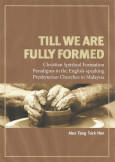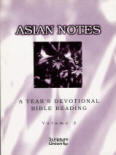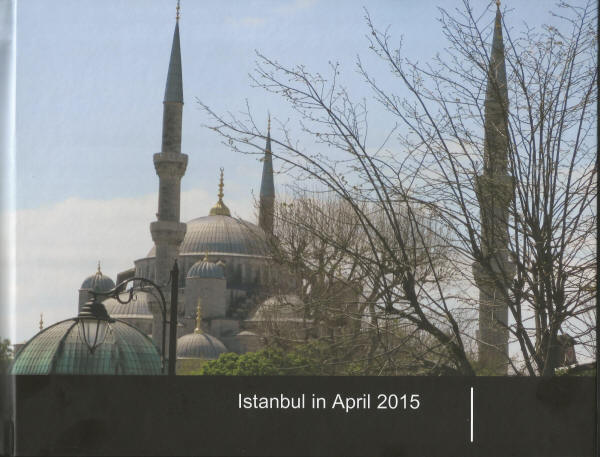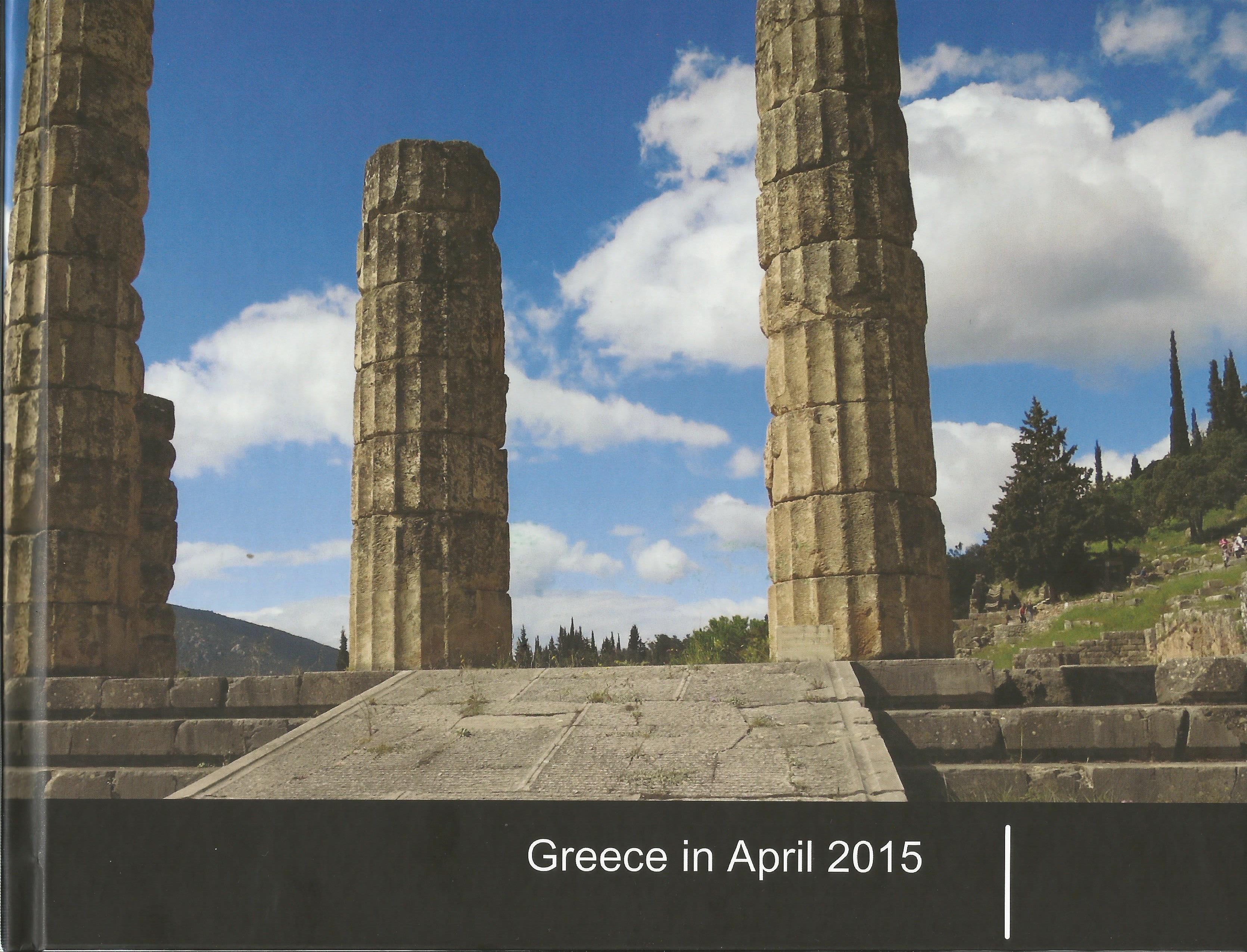Paul's Idea of Community
Robert Banks 1995, Paul's Idea of Community (Peabody: Hendrickson Publisher)
Banks noted that according to Paul, “God’s intention is not the fashioning merely of mature individuals but of mature communities as well. The Christian community does not exist just as a means to individual ends, though a mature community is an influential factor in shaping the individual maturity of its members.” (Banks 1994, 67).
In defining Paul’s understanding of the purpose of church, Banks wrote, “is the growth and edification of its members into Christ and into a common life through their God-given ministry to one another (1 Cor 14:12,19,26) (1994, 90). This takes place when they are having a common meal and when they are ministering to each other with their spiritual gifts or both together. Hence, to Paul, church is not for worship, evangelism or social action. Worship is living our whole life in Christ all the time. Hence worship cannot be limited to one period of time or place in church only. So one does not go to church for worship.
Radical freedom through Christ was the theological basis of Paul’s understanding of community according to Banks (1994, 25). The three components of his summary from his book are reproduced below:
Independence
· from certain things e.g.. sin, the Law, death, and alien powers
· for certain things, e.g., righteousness, conformity to Jesus, and suffering
· resulting in a personal and life-giving experience of liberty
Dependence
· upon Christ, who terminated humanity’s enslavement through his death and resurrection
· upon the Spirit, who communicates Christ’s life and purpose as a received divine gift rather than innate possibility
Interdependence
· with others, since liberty leads to service and can only be practically defined in relation to their needs
· with the world, since the universe itself will experience the liberty of transformation along with those who are Christ’s
· giving liberty a social and cosmic, as well as a personal and theocentric dimension
Paul was careful to distinguish between the communities of believers in a locality and his communities of traveling missionaries. The former was for edification and to build up the believers in the faith and the latter was to spread the gospel (Banks 1994, 169).
Banks wrote, “Paul’s approach to community has stimulated the creation of alternatives to ecclesiastical structures and counterculture groups, e.g. house churches and basic Christian communities and at times these have been accompanied by a contemporary version of Paul’s work to complement and enhance their activities (1994, 192).
Labels: Book Review















0 Comments:
Post a Comment
<< Home